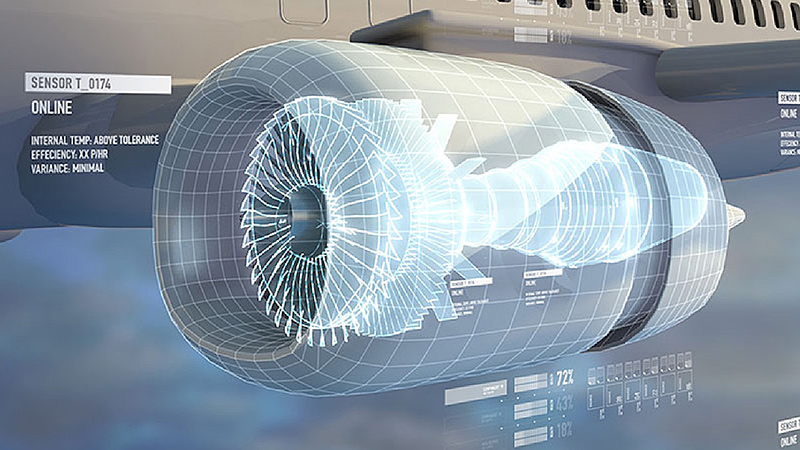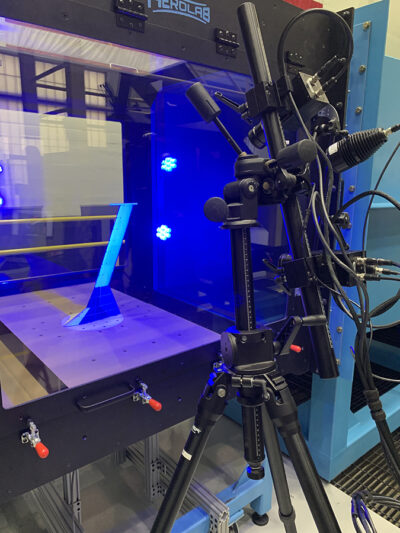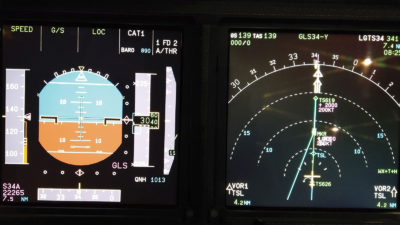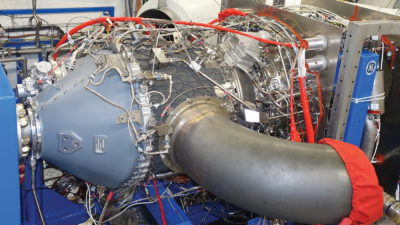Interest grows in digital twins, digital engineering
By MICHAEL Z. MILLER AND MARILEE J. WHEATON|December 2017
The Systems Engineering Technical Committee supports efforts to define, develop and disseminate modern systems engineering practices.
Defense systems are characterized not only by their demanding missions, but also by the detailed documentation that must be created, managed and interpreted throughout a system’s life cycle. The discipline of systems engineering was born out of these complex systems, with the goal of improving the success of these complex systems. However, the document-heavy approach of traditional systems engineering seems out of step with our modern age, which saw the emergence and primacy of computing, the internet and mobile technology.
One methodological solution to more manageable iterative development is model-based systems engineering, also called digital engineering, which was an emphasis area in 2017 for the Office of the Deputy Assistant Secretary of Defense for Systems Engineering, or ODASD(SE). With a model-based approach, the truth is resident in the model, not in documents. Systems models enable improved analysis of tradeoffs when considering a product’s mission, requirement and design. Reviews can be conducted in a more effective and proactive manner. Documents may be generated as needed, but the accepted baseline is always in the integrated model, which the team creates, modifies and interprets during the evolution of the system design.
In September, the Systems Engineering Research Center, sponsored by ODASD(SE), began a research project to explore the effectiveness of digital engineering and systems engineering. In October, ODASD(SE) presented the Digital Engineering Strategy and Toolkit for use across the military service components. This was done at the National Defense Industry Association Modeling and Simulation Subcommittee meeting. The aim of digital engineering is “to help streamline the way defense programs collect, retain and share data. ODASD(SE) asserts that digital engineering has the potential to promote greater efficiency and coherence in defense programs by ensuring stakeholders have access to accurate, relevant and consistent information throughout the life of a program,” according to the ODASD(SE) website.
Digital engineering and model-based systems engineering can be further leveraged to produce the concept of a digital twin for an engineered system. A digital twin can be thought of as a digital model of a system that tracks the system throughout its life cycle. Any changes or updates that occur with the physical system are updated with its digital twin by adjusting the various models of that system. This enables engineers to perform more accurate analysis with a virtual replica of the real-world system.
The concept of the digital twin gained popularity in 2017 within aerospace engineering and in the education and training of future engineers. Some universities began exploring the idea of creating a virtual model, a spinoff from the digital twin concept, of each student to track the student’s progress throughout his or her time at the university.
It is believed that this would enable universities to not only perform better resource management, but also better understand the needs and interests of students outside the classroom. The virtual model concept is closely related to the growing interest in personalized education. In April, the New Profit venture philanthropy fund announced that the Chan Zuckerberg Initiative and the Bill and Melinda Gates Foundation will contribute $12 million over four years for the Personalized Learning Initiative.
Furthermore, military applications of a digital twin to training could enable decision-makers to have a better understanding of war fighters’ capabilities, previous training and skills. Ideally, this might enable a commander to more accurately select soldiers for given missions by querying the digital twins of soldiers to find desired attributes.



































